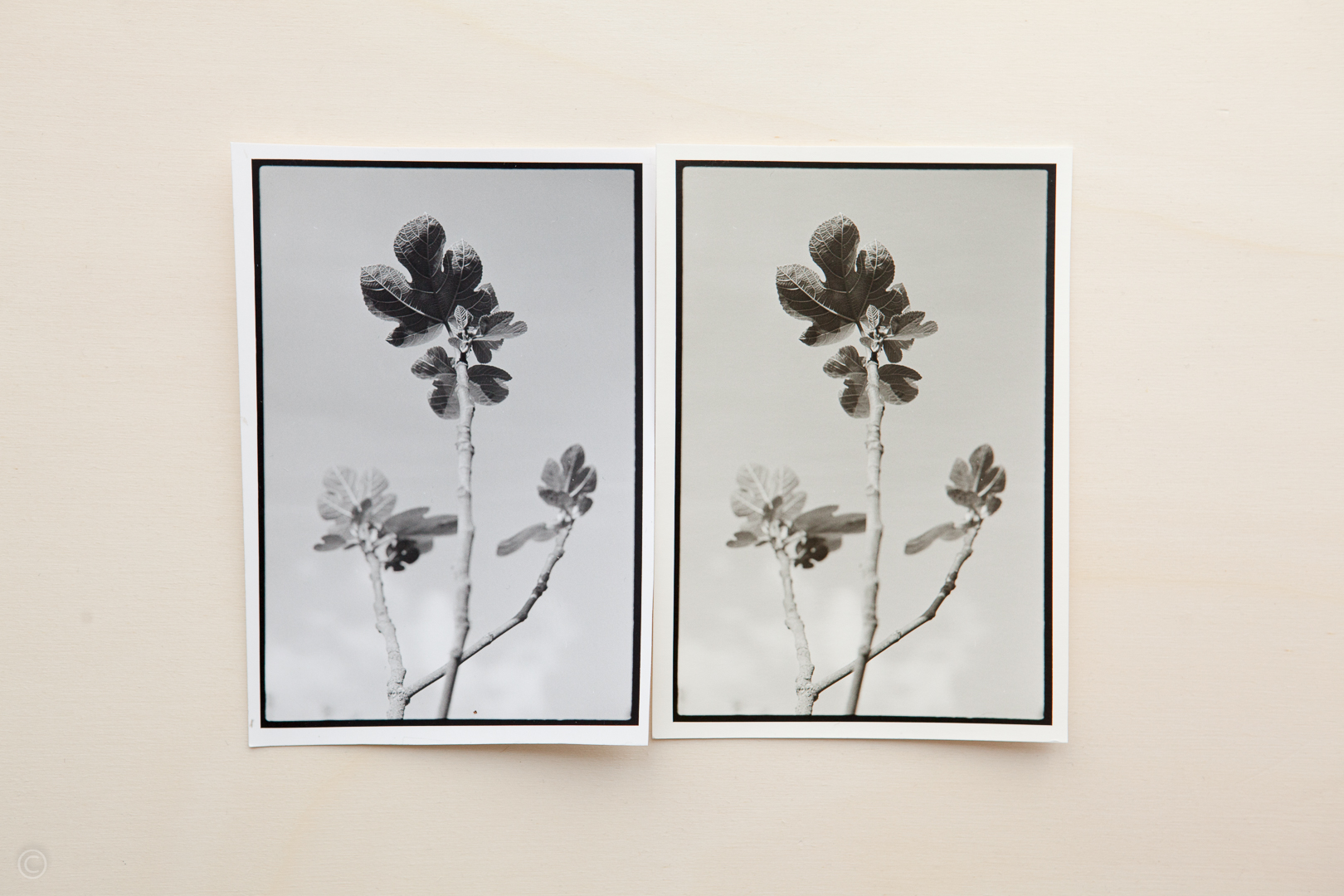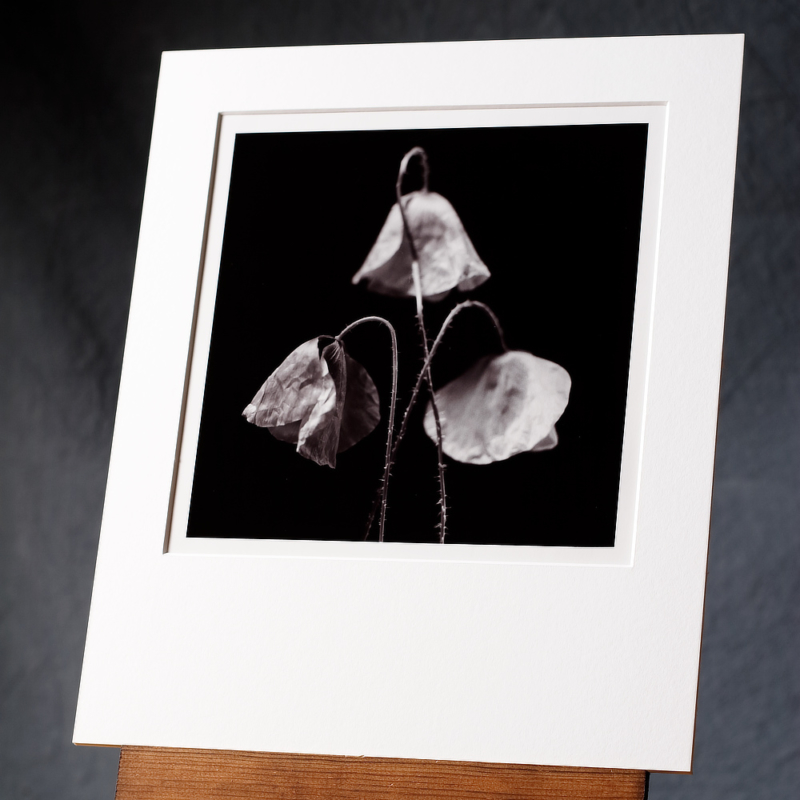

A suspension of silver salts in gelatin is coated onto a support such as glass, flexible plastic or film, baryta paper, or resin-coated paper. As such, films and printing papers available for analog photography rarely rely on any other chemical process to record an image. The gelatin silver process is the most commonly used chemical process in black-and-white photography, and is the fundamental chemical process for modern analog color photography. JSTOR ( September 2008) ( Learn how and when to remove this template message).Unsourced material may be challenged and removed.įind sources: "Gelatin silver process" – news Please help improve this article by adding citations to reliable sources. But it still shifts redder under incandescent light.This article needs additional citations for verification. If I dial out some yellow and cyan in Epson's page-setup 'advanced features' color balance control, I can at least get that warm look with less magenta/green crossover. Incidentally - if you compare most book reproductions of B&W images to 'neutral' photo paper - they are almost always printed with warm-black inks. I'm using Epson "heavyweight matte" - I don't know if/how different it is from the archival/enhanced mattes. Four feet away you see the pictures, not the paper surface. But it's not as rich as the gloss close-up. Even with my lowly 4-inker I can get neutral prints on matte paper. And the matte papers tend to reduce the color tints and 'metamerism' effects from "B&W in color" prints by de-saturating the color ink component of the image slightly. Matte papers look - matte - although, as mentioned, the difference will diminish under glass. Great for commercial portfolio work, but not as pretty. The newer Epson 'glossies' and 'pearl/lustres' (as well as Tetenal/Ilford etc.) all look too much like RC papers, with a 'manufactured' quality to the surface. I don't know how this paper works with quad-tone or the newer 6/7 ink printers - I'm still using a 4-ink Epson 600 while considering the next step up. The weight is close to 'double-weight' paper. IMHO, Epson's "Professional Media Photo Paper" has the surface most like traditional 'glossy' silver/gelatin fiber-based paper air-dried - faint random texture that looks like a waxed eggshell and with a certain amount of 'depth' (although not up to silver/fiber "Galerie" standards). I'm not a master printer, but I have turned out a few that aren't exactly horrific. It's more work than doing it digitally, but to me well worth it. Reason why BW film will have to pried from my cold dead hands. I printed out some BW scans on an Epson and Probably won't be doing these at home unless you have Bill Gates money andĬan buy your own machine.

But the Fuji prints are not cheap and you A few years ago I saw an AnselĪdams print. That a traditional master printer can produce.

But I'm not sure how one of these stacks up to something The only way to get the look of a silver gel print is to use something like theįuji Lightjet(?) process, where a digital file is exposed on to photographic From what I know, (and please someone correct me if I'm wrong) Seen a Piezo print on glossy paper, but maybe someone here can offer some Looked very good, it did not look like a silver gelatin print to me. The sample that they sent me was on heavy rag paper and although it Pretty close in look to a lot of the traditional BW processes, like a carbon I have heard that the Piezo Graphic system is

Ink jet printers are muchīetter at color than BW, because they have up to six color cartridges and


 0 kommentar(er)
0 kommentar(er)
